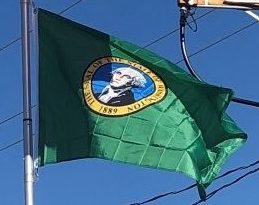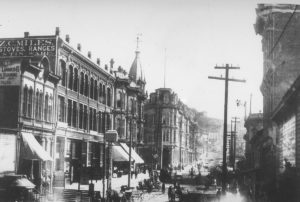
Early prominent industries in the state included agriculture and lumber. In eastern Washington, the Yakima River Valley became known for its apple orchards, while the growth of wheat using dry farming techniques became particularly productive. Heavy rainfall to the west of the Cascade Range produced dense forests, and the ports along Puget Sound prospered from the manufacturing and shipping of lumber products, particularly the Douglas fir. Other industries that developed in the state included fishing, salmon canning and mining.
Industrial Era:
For a long period, Tacoma had large smelters where gold, silver, copper, and lead ores were treated. Seattle was the primary port for trade with Alaska and the rest of the country, and for a time, it possessed a large ship-building industry. The region around eastern Puget Sound developed heavy industry during the period including World War I and World War II, and the Boeing Company became an established icon in the area.
During the Great Depression, a series of hydroelectric dams were constructed along the Columbia River as part of a project to increase the production of electricity. This culminated in 1941 with the completion of the Grand Coulee Dam, the largest concrete structure in the United States.
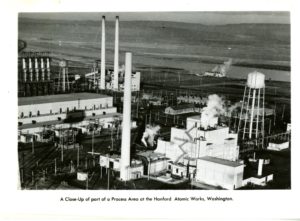
During World War II, the state became a focus for war industries. While the Boeing Company produced many of the nation’s heavy bombers, ports in Seattle, Bremerton, Vancouver, and Tacoma were available for the manufacture of warships. Seattle was the point of departure for many soldiers in the Pacific, a number of whom were quartered at Golden Gardens Park. In eastern Washington, the Hanford Works atomic energy plant was opened in 1943, and played a major role in the construction of the nation’s atomic bombs.
On May 18, 1980, following a period of heavy tremors and eruptions, the northeast face of Mount St. Helens erupted violently, destroying a large part of the top of the volcano. The eruption flattened the forests, killed 57 people, flooded the Columbia River and its tributaries with ash and mud, and blanketed large parts of Washington eastward and other surrounding states in ash, making day look like night.
Economy:
Washington has a strong economy in general, 14th in the nation.
Significant business within the state include the design and manufacture of aircraft (Boeing), automotive (Paccar), computer software development (Microsoft, Bungie, Amazon, Nintendo of America, Valve Corporation, ArenaNet),
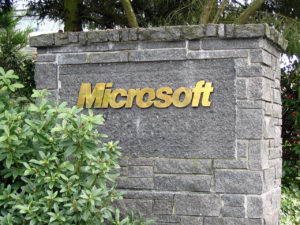
telecom (T-Mobile US), electronics, biotechnology, aluminum production, lumber and wood products (Weyerhaeuser), mining, beverages (Starbucks, Jones Soda),
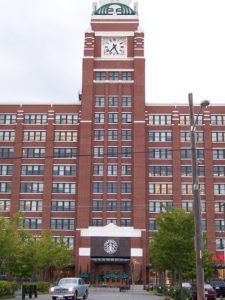
real estate (John L. Scott, Colliers International, Windermere Real Estate, Kidder Mathews), retail (Nordstrom, Eddie Bauer, Car Toys, Costco, R.E.I.), and tourism (Alaska Airlines, Expedia, Inc.).
Agriculture:
Washington is a leading agricultural state. For 2013, the total value of Washington’s agricultural products was $10.2 billion. In 2013, Washington ranked first in the nation in production of red raspberries (92.7 percent of total U.S. production), hops (79.2 percent), spearmint oil (72.9 percent), wrinkled seed peas (60 percent), apples (57 percent), sweet cherries (50.9 percent), pears (49.5 percent), Concord grapes (36.5 percent), carrots for processing (36.5 percent), green peas for processing (34.4 percent), and peppermint oil (31.4 percent).
